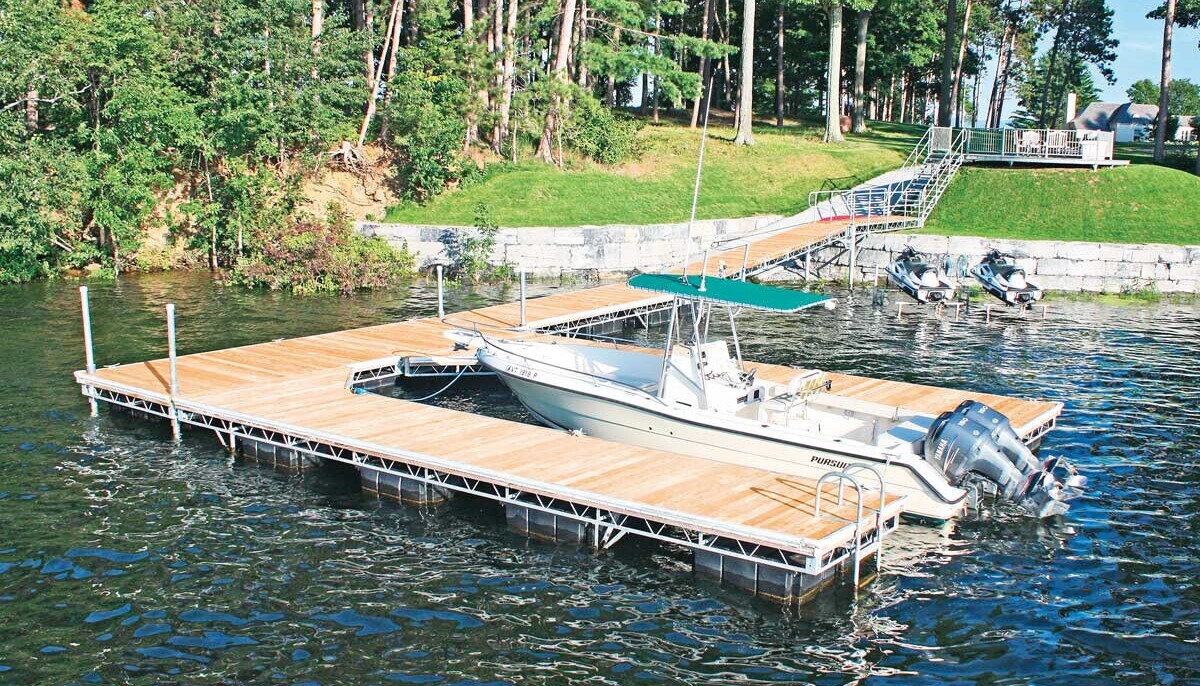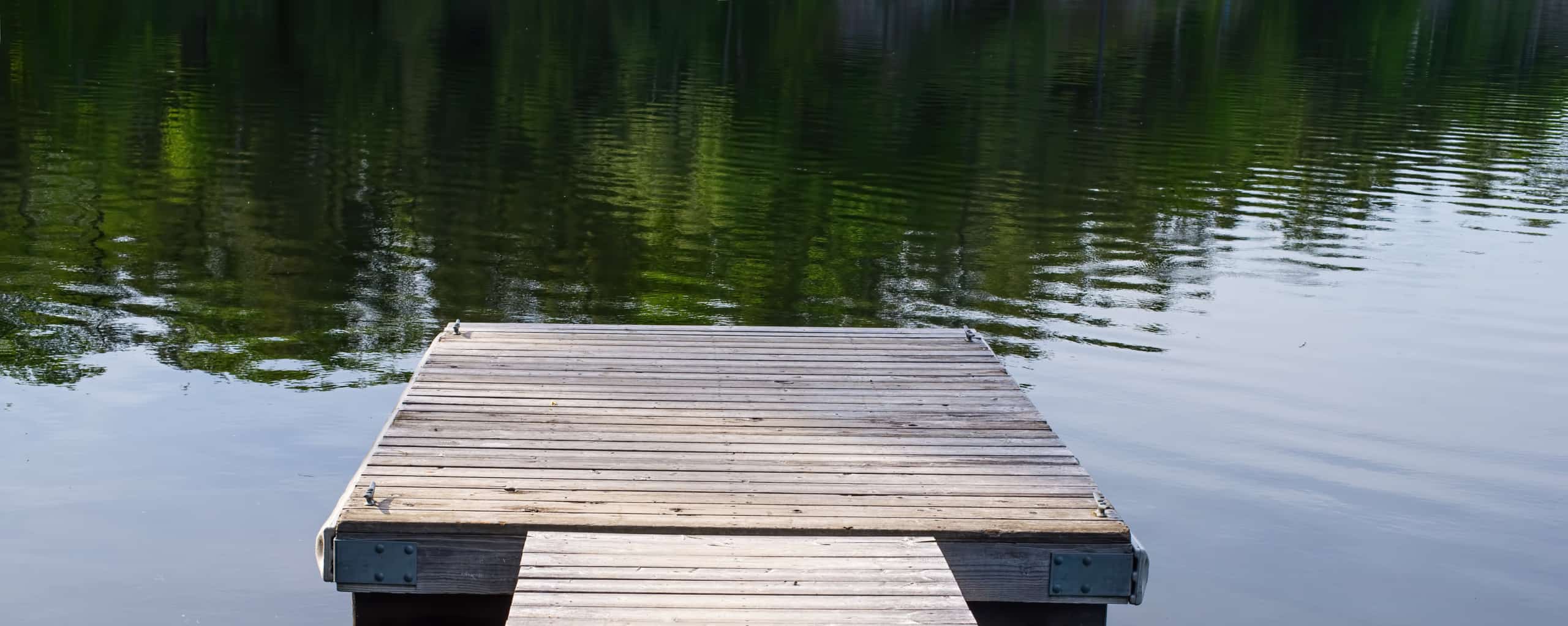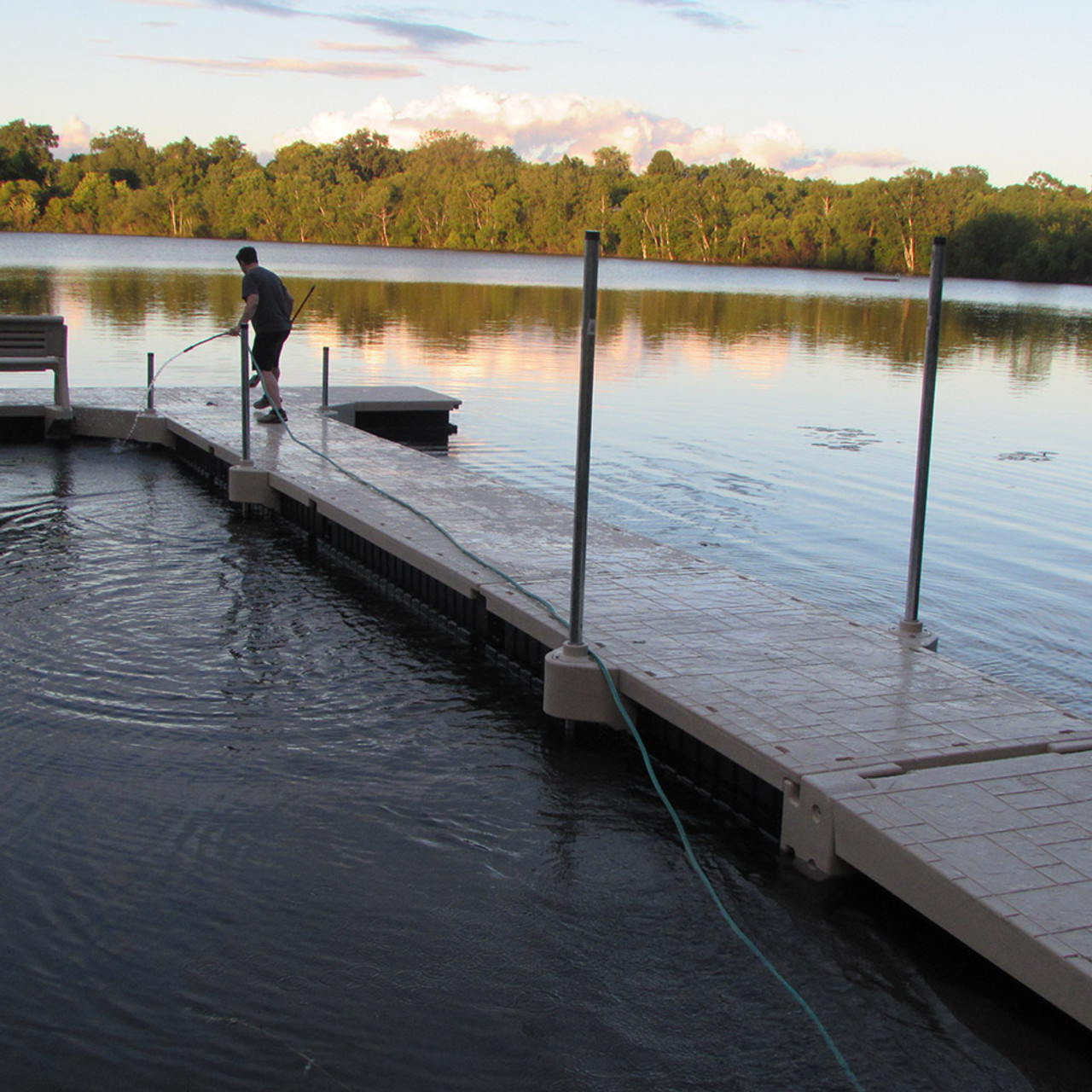Upgrade Your Waterfront With Durable Floating Docks
Updating your waterfront with sturdy floating docks can substantially boost both capability and appearances, providing a functional service for different water tasks. With an array of products offered, including low-maintenance choices and typical timber, selecting the best dock can match your personal style and satisfy practical demands.
Benefits of Floating Docks
Floating docks deal a multitude of benefits that improve their allure for different maritime applications. One of the primary benefits is their flexibility to transforming water levels - dock company. Unlike traditional fixed docks, floating docks fluctuate with the tide, guaranteeing regular ease of access for boats and boat no matter environmental conditions. This feature dramatically decreases the threat of damage to vessels, as they stay safely moored even during changes in water depth.
Additionally, floating docks are easier to transfer and set up, supplying adaptability for short-term or seasonal use. Their modular style enables customization to fit details needs, whether for private marinas, domestic beachfronts, or business applications.
In addition, floating docks create marginal disturbance to the marine atmosphere, preserving regional environments and decreasing the chance of disintegration. They additionally provide enhanced security and security for individuals, as their resilient nature provides an extra forgiving surface than inflexible structures.
Additionally, floating docks can help with a diverse series of activities, such as fishing, swimming, and leisure boating, making them a beneficial property for beachfront advancement. Their convenience and usefulness make floating docks a recommended selection for a selection of marine projects.
Selecting the Right Products
Choosing suitable materials for floating docks is vital to their durability, efficiency, and general effectiveness. When choosing materials, think about elements such as ecological direct exposure, upkeep needs, and structural honesty. Typical materials consist of timber, plastic, light weight aluminum, and composite alternatives, each offering distinct advantages and drawbacks.
Wood, while visually pleasing, requires regular maintenance to avoid rot and decay. Pressure-treated timber can enhance toughness, however it may still catch water damage gradually. Plastic drifts, typically made from high-density polyethylene, are resistant to corrosion and require minimal maintenance, making them an attractive selection for low-maintenance applications.
Light weight aluminum is another viable choice, recognized for its stamina and lightweight buildings. It is immune to rust and can withstand extreme weather conditions, although it might be more costly than various other materials. Composite products combine the most effective characteristics of wood and plastic, supplying a durable and low-maintenance choice that imitates the appearance of wood without the connected downsides.
Ultimately, the selection of material need to line up with the planned usage, environmental considerations, and budget constraints, guaranteeing a practical and sturdy floating dock that satisfies your particular demands.
Installation Process Introduction
The effective installment of a floating dock depends on mindful planning and implementation, ensuring that it runs effectively in its desired atmosphere. The initial step includes analyzing site problems, consisting of water depth, shoreline features, and dominating climate patterns, which will certainly inform the dock layout and anchoring system.
Adhering to the website evaluation, the following phase is to prepare the floating dock components. This consists of putting together the structure, safeguarding floats, and attaching any type of needed equipment. It is critical to make sure that all links are water-resistant and durable to stand up to aquatic conditions.
When the dock is constructed, the installation procedure starts with positioning the dock in the water. This can include a crane or various other lifting tools, particularly for larger structures. Correct alignment is important for performance and security.

Upkeep Tips for Longevity
Routine upkeep is vital for ensuring the long life and optimal efficiency of a floating dock. To attain right here this, begin with regular assessments at the very least two times a year, concentrating on the stability of the dock's framework, including the flotation protection gadgets and linking equipment. Seek indications of damages, deterioration, or wear, and deal with any issues immediately to stop more wear and tear.
Cleaning up is one more essential facet of maintenance. Get rid of particles, algae, and barnacles from the dock's surface area to stop slippery problems and preserve visual allure. Utilize a moderate detergent and a soft brush to stay clear of harming the dock's materials.
In addition, make sure that the dock is properly secured and protected to endure seasonal changes in water degrees and climate problems. Examine the anchoring system for stability and make adjustments as needed.
Enhancing Your Outdoor Visual
To create an aesthetically attractive outdoor room, integrating a floating dock can substantially enhance the total aesthetic of your beachfront residential or commercial property. Floating docks are not just practical but can likewise act as a striking focal factor that matches the natural environments - dock company. Readily available in numerous products and styles, these docks can be personalized to match your building's architectural design and landscape
The addition of attractive elements, such as integrated lights or trendy railings, better raises the dock's aesthetic appeal. Take into consideration making use of natural wood surfaces, which mix flawlessly with the setting, or selecting modern materials like aluminum or composite outdoor decking that supply a sleek, contemporary appearance.
Purposefully positioning planters or seating areas on or around the dock can create welcoming areas that encourage leisure and pleasure of waterfront sights. Furthermore, integrating shades and appearances that balance with your landscape will certainly create a natural aesthetic throughout your exterior area.

Verdict

Upgrading your waterfront with long lasting floating docks can considerably improve both performance and visual appeals, offering a functional service for numerous water activities. Unlike conventional fixed docks, floating docks surge and autumn with the trend, guaranteeing regular accessibility for boats and boat no matter of ecological problems.Picking ideal products for floating docks is essential to their durability, efficiency, and overall performance.When the dock is assembled, the installment procedure commences with positioning the dock in the water.In summary, floating docks offer various advantages, consisting of flexibility to water degree modifications and a selection of material you could check here options.